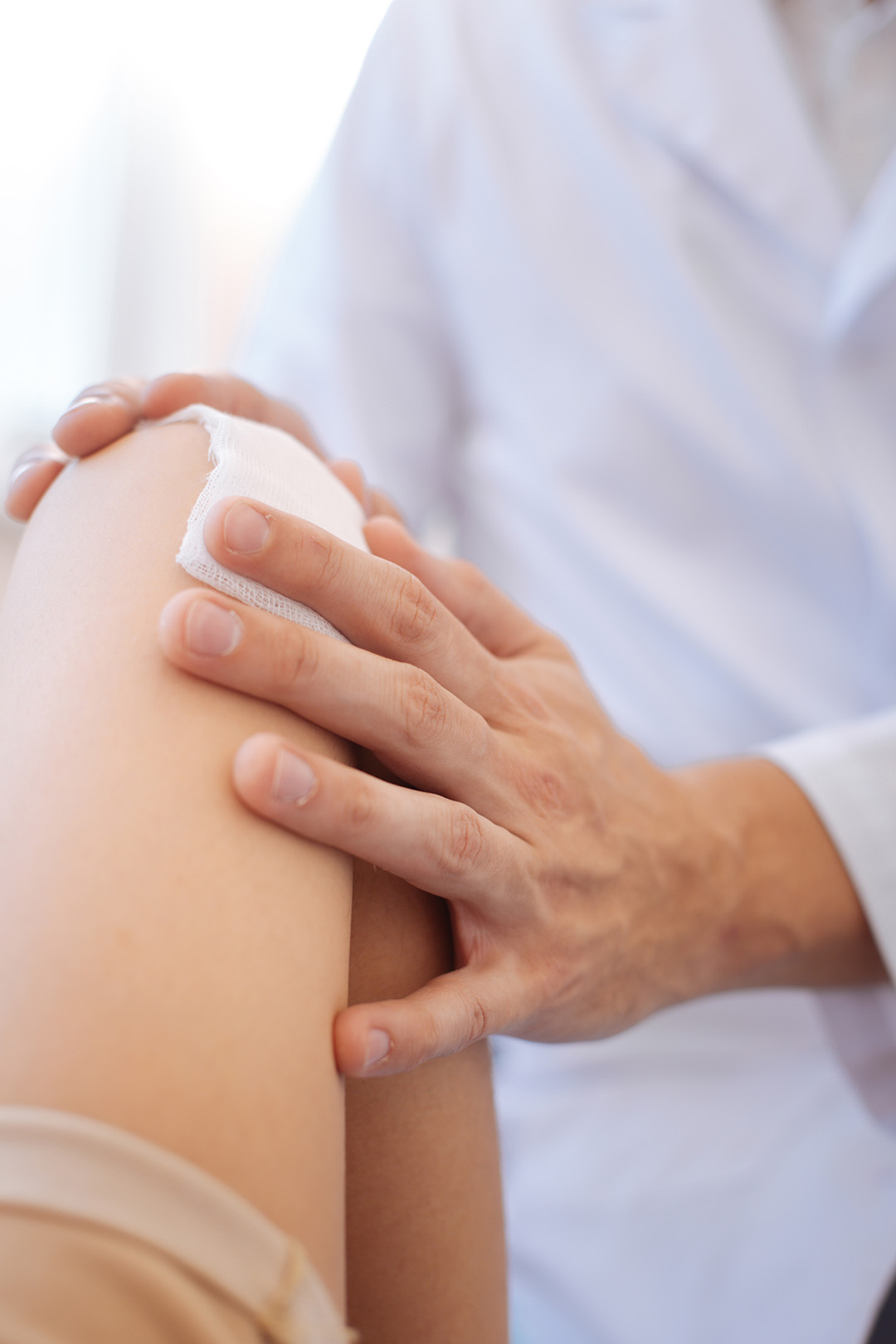Cartilage acts as a cushion between two weight bearing surfaces, promoting and maintaining the health of joints, or the space where motion happens between two bones. Cartilage is unique in that it is one of the only parts of the body that lacks the ability to naturally heal itself. Loss of cartilage can lead to breakdown of a joint, degeneration, and even arthritis. Fortunately, recent advances now allow for repair or even reconstruction of a cartilage defects in certain settings.
The Matrix Autologous Chondrocyte Implantation (MACI) is a procedure in which a patient’s own cells are used to regrow new cartilage for the knee joint.
Who Is a Candidate for MACI?
Symptoms of these conditions include sharp or dull pain in the front of the knee that is amplified by sitting for long periods of time, climbing and descending stairs, or any activities in day to day life or working out that involve a squatting motion.
At ATL Sports Medicine, candidates for MACI will be evaluated by Dr. Golan by a physical examination as well as an MRI to provide the clearest picture of the cartilage injury present in the knee.
An Osteochondral Allograft (OCA) is a procedure that involves taking a larger amount of tissue from a cadaver rather than from the patient’s own knee. This procedure is an excellent option for larger defects and can also be successfully used to correct a previously failed cartilage repair surgery.
Cartilage repair treatment focuses on restoring the surface of an articular joint's hyaline cartilage. Although these solutions do not perfectly restore the articular cartilage, it brings very promising results in repairing cartilages from traumatic injuries or chondropathies. Treatment provides pain relief and slows down the progression of damage which can delay knee replacement surgery. Articular cartilage repair treatments help patients to return to their original lifestyle with reduced pain, regaining mobility, going back to work, and even practicing sports again.
Microfracture is a surgical technique used to repair articular cartilage by creating tiny fractures in the underlying bone. This causes new cartilage to develop from a “super-clot”. It is a minimally invasive surgery that has a significantly shorter recovery time than a knee replacement surgery.


